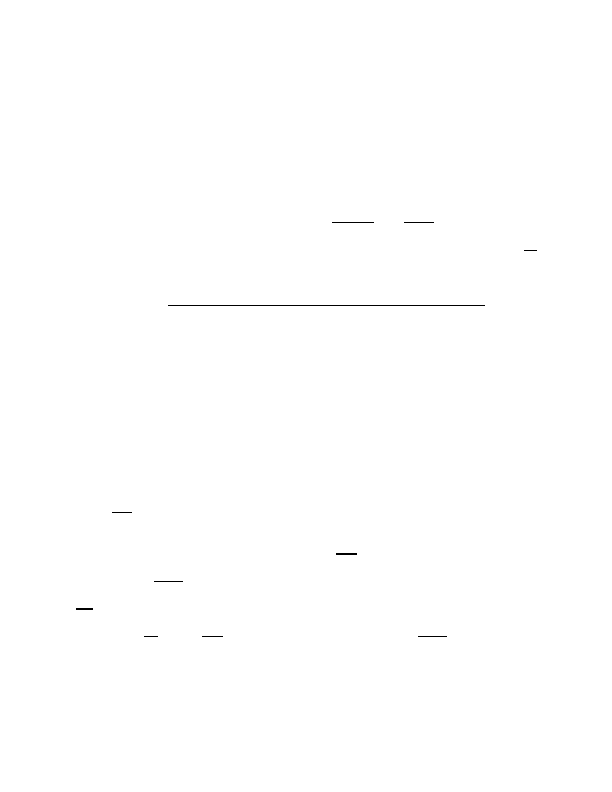
discussing the known mathematical formula used by Diehr to calculate the relation
between temperature and the rate of a chemical reaction, the Court recited the
traditional exceptions of “laws of nature, natural phenomena, and abstract ideas,” 450
U.S. at 185, and explained that the entirety of the process must be considered, not an
individual mathematical step.
The Court characterized the holdings in Benson and Flook as standing for no
more than the continued relevance of these “long-established” judicial exclusions, id.,
and repeated that a practical application of pure science or mathematics may be
patentable, citing Mackay Radio & Telegraph Co. v. Radio Corp. of America, 306 U.S.
86, 94 (1939) (“While a scientific truth, or the mathematical expression of it, is not a
patentable invention, a novel and useful structure created with the aid of knowledge and
scientific truth may be.”). The Court explained that the presence of a mathematical
formula does not preclude patentability when the structure or process is performing a
function within the scope of the patent system, stating:
[W]hen a claim containing a mathematical formula implements or applies
that formula in a structure or process which, when considered as a whole,
is performing a function which the patent laws were designed to protect
(e.g., transforming or reducing an article to a different state or thing), then
the claim satisfies the requirements of §101.
450 U.S. at 192. This statement’s parenthetical “e.g.” is relied on by the majority for its
statement that Diehr requires today’s “machine-or-transformation” test. However, this
“e.g.” does not purport to state the only “function which the patent laws were designed
to protect.” Id. This “e.g.” indeed describes the process in Diehr, but it does not
exclude all other processes from access to patenting.
2007-1130
11
